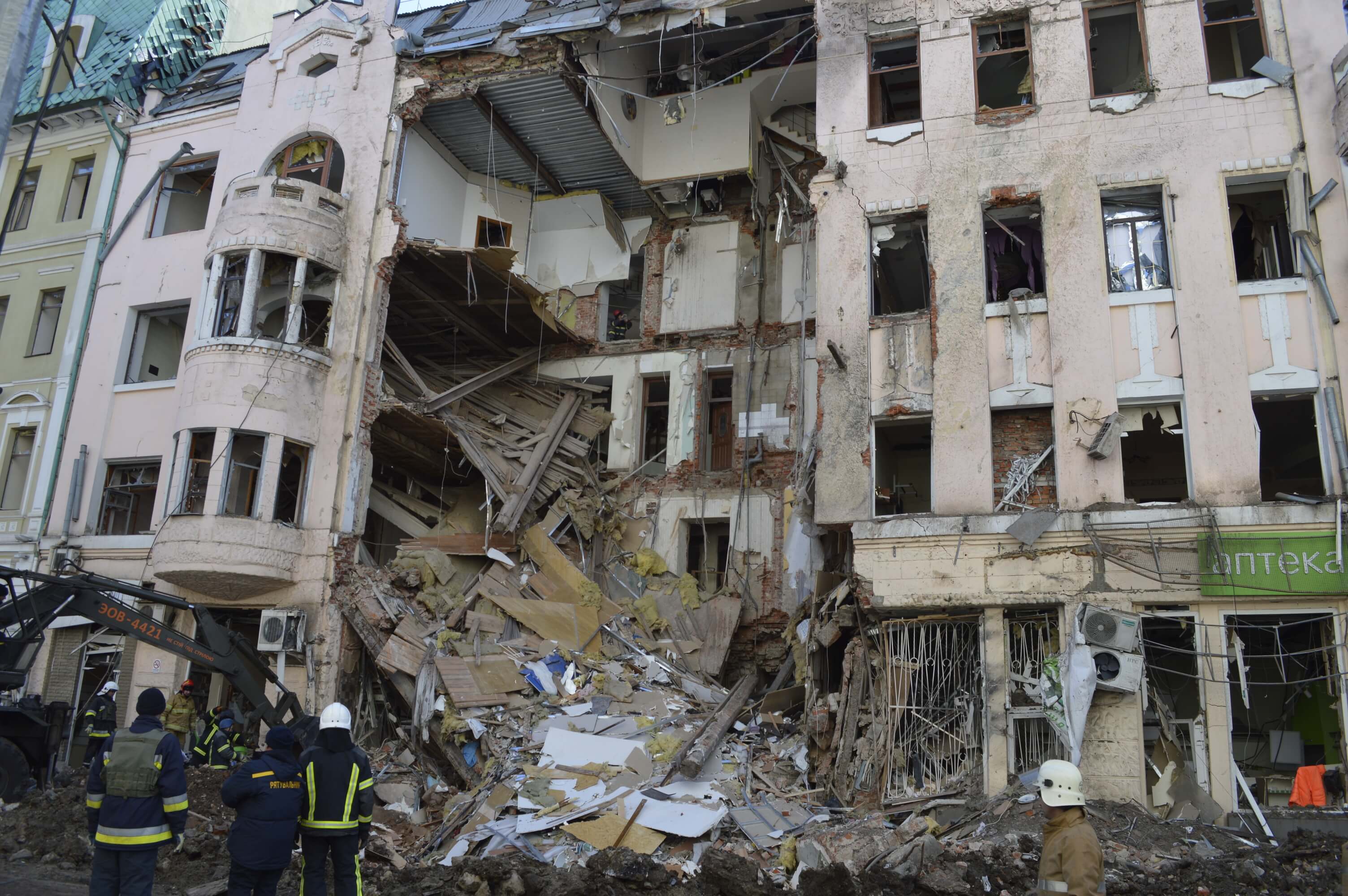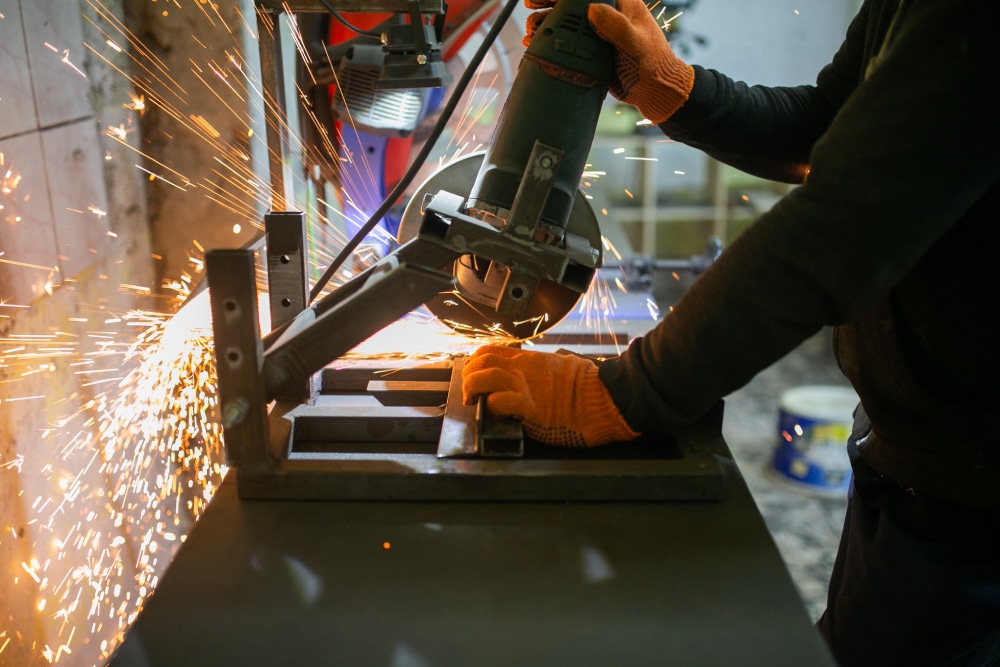The towns and villages of the Kharkiv region are constantly suffering from Russian shelling. The occupiers are destroying not only schools, kindergartens, and buildings but also unique architectural monuments. In other words, a part of our history and culture that shouldn’t be lost.
Local people stood up to protect their historical heritage. Yes, they cannot prevent an enemy attack. But after each shelling, volunteers take their cameras or smartphones and document the destruction. Those photos are extremely valuable as pieces of evidence for the courts.
Difficult work ahead
For architect and restorer Kateryna Kublytska, protecting cultural monuments is not a new matter. As a member of the Save Kharkiv initiative group, she monitored objects at risk of destruction. However, after February 24, Kateryna, as a patriot of her city, immediately stood up to protect its architectural heritage. War requires the right approach: get to the damaged building as quickly as possible and capture as many details as possible. After all, it may happen that important fragments will be thrown away by utility workers as waste. Detailed photos will make it more likely to restore all the building elements as accurately as possible.
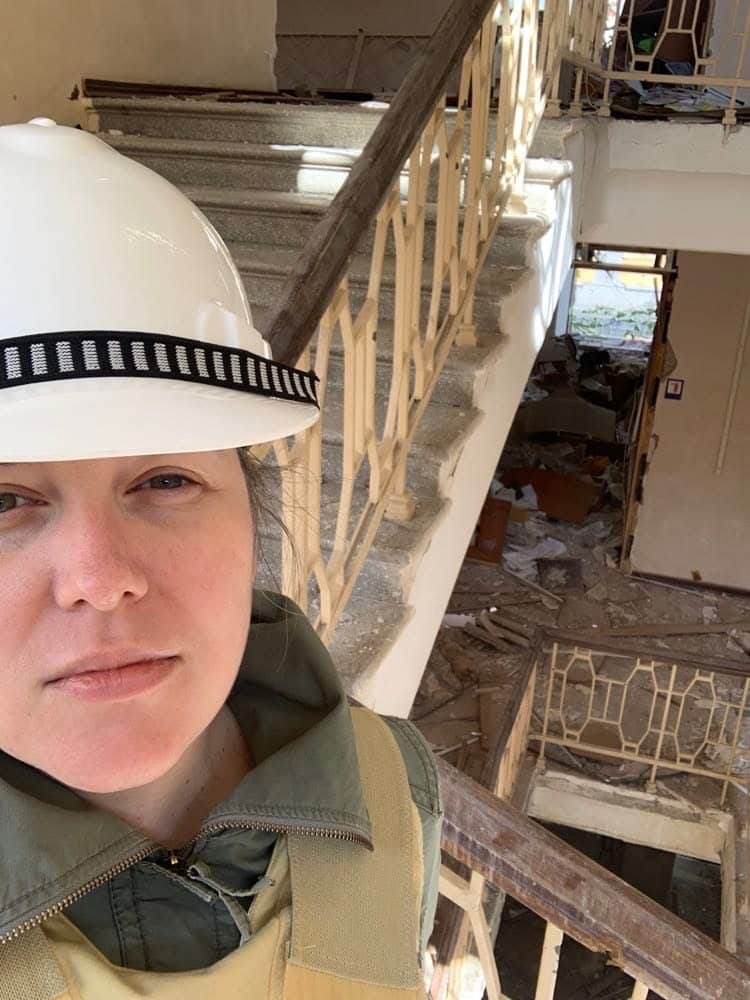
“First and foremost, it is a call of the soul,” says Kateryna Kublytska, “And great pain for our heritage. The University’s Economic Faculty building on Myronosytska street was severely damaged. And at first, when I couldn’t reach the building and look at it without emotions, I had fatal thoughts. But now, after several visits to these objects, I understand how to restore them and what technologies should be used.”
The architect considers the destruction of a profitable building at 8 Svoboda Street as the most significant loss. According to her, it was the most damaged among other objects. The missile hit almost the heart of the building. Some buildings are not architectural sites, but their destruction hurts her personally. Kateryna remembered the building at 53 Sumska Street. There were some of the most beautiful doors in the modern style. The rocket hit there and literally tore it.
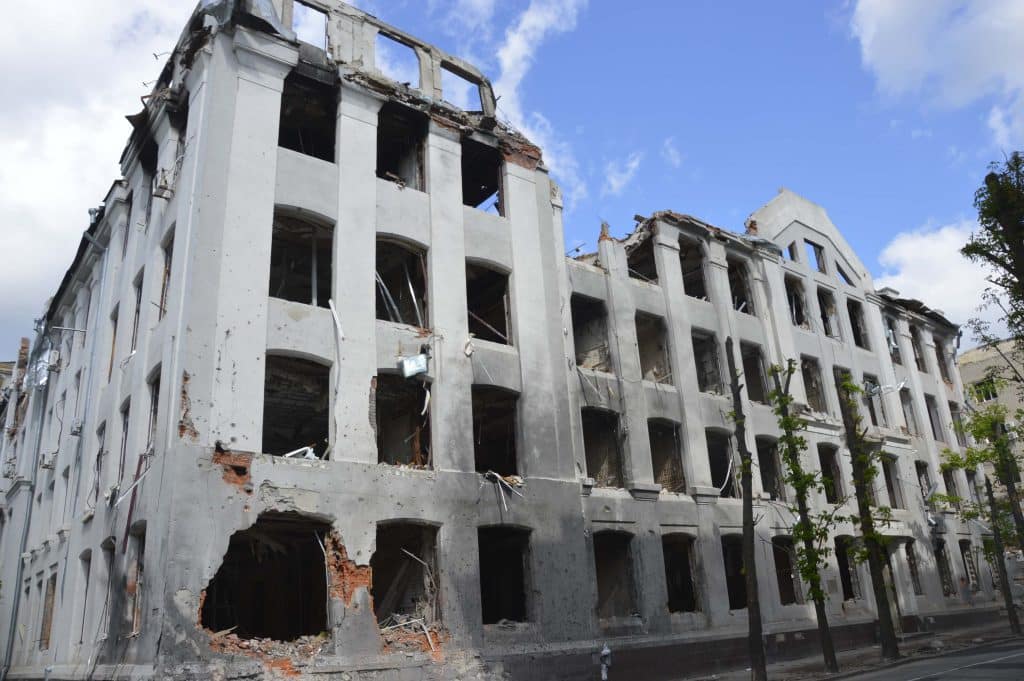
“In general, it cannot be claimed that it is impossible to restore buildings,” emphasized Kateryna Kublytska. “After World War II, Europe was in ruins, but eventually, the buildings were restored. We know examples when completely destroyed buildings got a new life, made of authentic materials, with original decor and sculptures. It is possible to restore any building. However, the preservation of heritage and its restoration is a nationwide issue. The government and society must realize the importance of historical heritage”
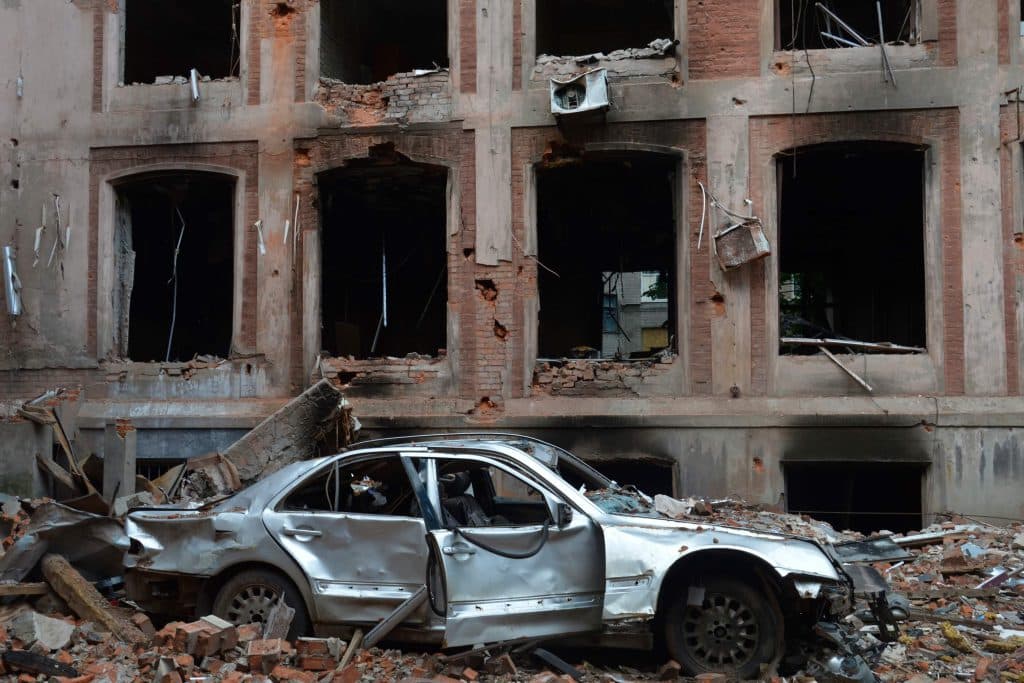
We are talking about objects built by our ancestors, Kateryna continues. They made a lot of physical and intellectual efforts. Therefore, we should preserve these historical sites and pass them on to our descendants. For example, Kateryna mentioned a building at 1 Myronosytska Street. This building made an impression on foreign experts. In particular, they were surprised by the fact that the supporting structure of the building is a monolithic reinforced concrete frame. This architectural object was built at the beginning of the last century. In those times, Kharkiv was not a mediocre provincial city where people did not know anything.
“We have difficult work ahead, at least for a decade,” says Kateryna Kublytska. It will take a long time because architectural sites don’t belong to the critical infrastructure. They will not be restored first. But these buildings need to be stabilized now so that less money is spent later. We must understand that it will be a long and expensive process.”
There will be a court, and there will be a punishment
One morning, Natalia Zubar, from Kharkiv, woke up because heart cruise missiles hit a nearby supermarket 120 meters from her apartment. Natalia is the head of the Maidan Monitoring Information Center board. The next day she went to architecture school. Natalia saw broken windows and doors. She took out her camera and began to shoot.
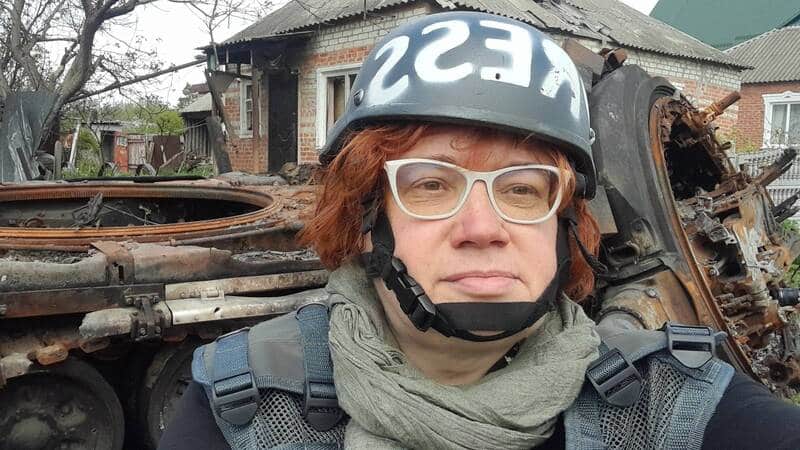
“A journalist awoke inside me,” she recalls. “The damage must be recorded. Of course, human life is the highest value. But at the same time, houses, schools, kindergartens, and electric substations are demolished. Therefore, many people’s memory, work and efforts have been destroyed. That’s why it’s essential to record all this.”
Today, it is difficult to estimate all the damages the Russians have caused to our cultural heritage. It is unclear what is happening in the occupied territories now, and it’s hard to see the whole picture with only some eyewitnesses. Within the Kharkiv region, many local cultural centers were destroyed, including, for example, libraries. There could be valuable publications: for instance, handwritten works of local historians. According to Natalia, the damage caused to such collections is currently significantly underestimated.
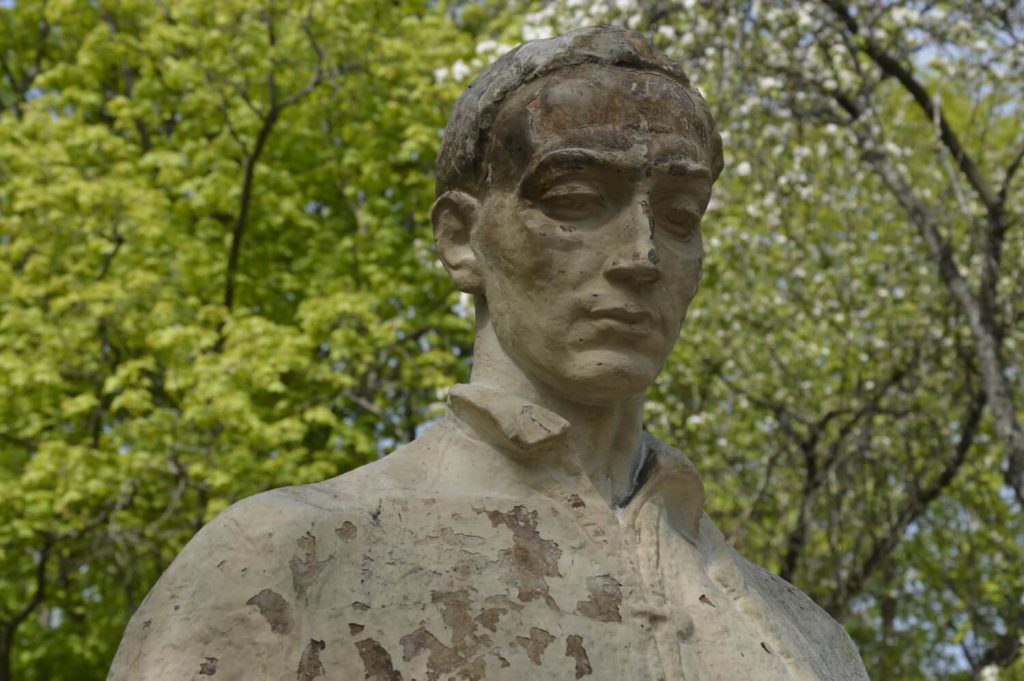
The same we can say about school museums, which are sometimes collected by students themselves. Their exhibits do not have official status, although they still can have historical value. For example, the Parkhomivka Museum of Art once grew out of such a school museum. According to the expert, the small collections suffered the most.
Natalia’s personal worst memory is the attack on the Skovoroda museum. It happened on May 7, when a Russian rocket landed in the village of Skovorodinivka.
The mansion, where a Ukrainian philosopher once stayed, burned from the inside. A shocked museum employee told Natalia that part of the exhibits managed to be taken out on time. But the rest just burned down. And the symbolic damage is extremely large.
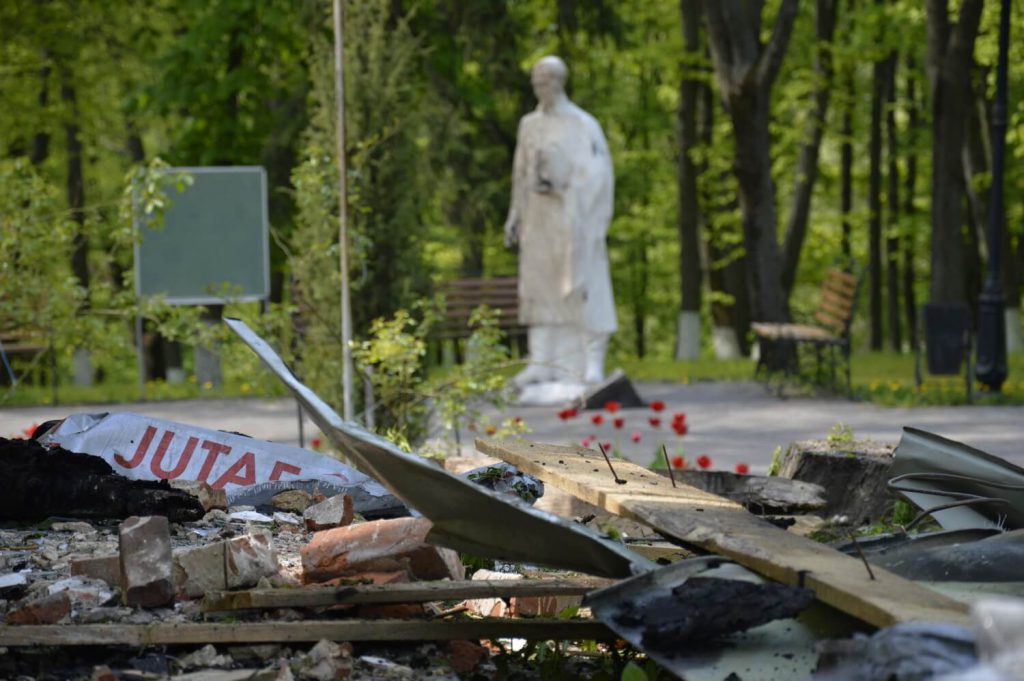
At that time, Natalia was accompanied by employees of Swiss television. They were most impressed by the monument to Skovoroda, which remained intact. They walked around him and couldn’t understand how this could happen. Natalia communicates a lot with foreigners at work. She noted more than once that they have stronger reactions when they see monuments’ destruction.
“Europe suffered a lot from the world wars. Entire cities were bombed: Warsaw, Hamburg, Leipzig, Dresden,” says Natalia Zubar. The memory of these destructions strongly resonates throughout societies. Europeans grow up in an atmosphere of respect for culture.”
The fixation of destruction takes place as part of a pre-trial investigation. The photos and videos will later become part of the evidence base, based on which the court will issue a decision. Natalia is sure that Ukrainian courts will convict the perpetrators of those crimes. She also hopes the collected materials will be helpful in international court processes.
“I have recently been to Poland and spoke with Senator Krzysztof Kwiatkowski, who leads the legislative commission,” Natalia Zubar says. “He is responsible for the legislation development on establishing an international tribunal. There should be an agreement between Poland, Ukraine and possibly other countries. I said the agreement should include a protocol for transferring photo and video evidence. I believe that there will be a trial and there will be punishment. That’s what I’m working for.”
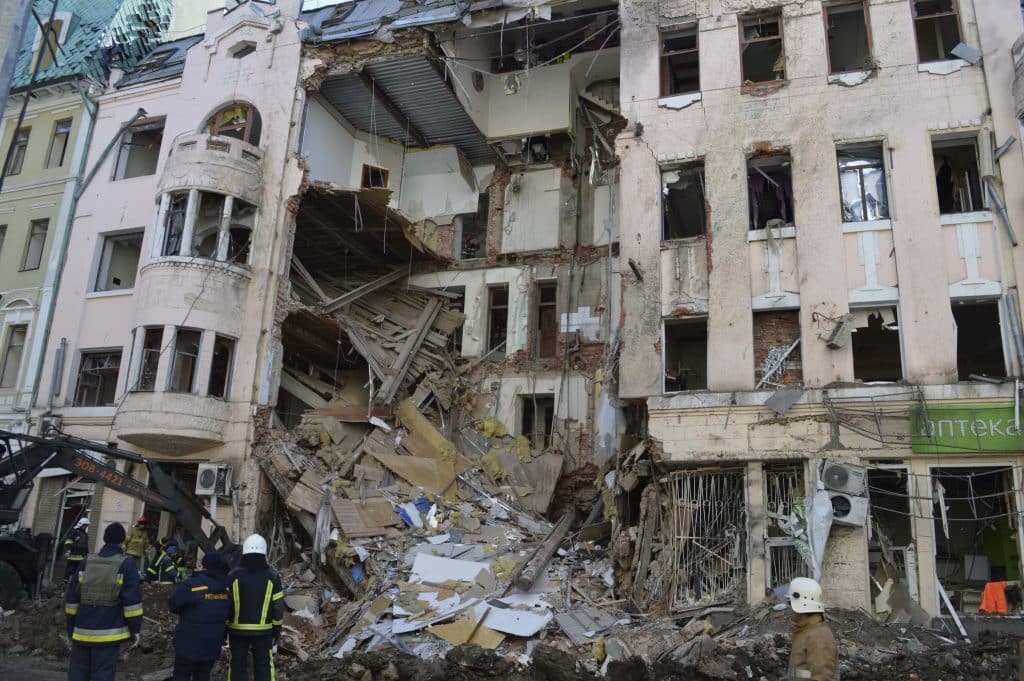
Unfortunately, the war continues. The Russians continue to destroy cities and our historical heritage. Such photos are not just evidence of terrible events. Sooner or later, they have to play their part. Thanks to them, old buildings will be restored. Criminals who destroyed buildings will one day be judged based on these pictures.

